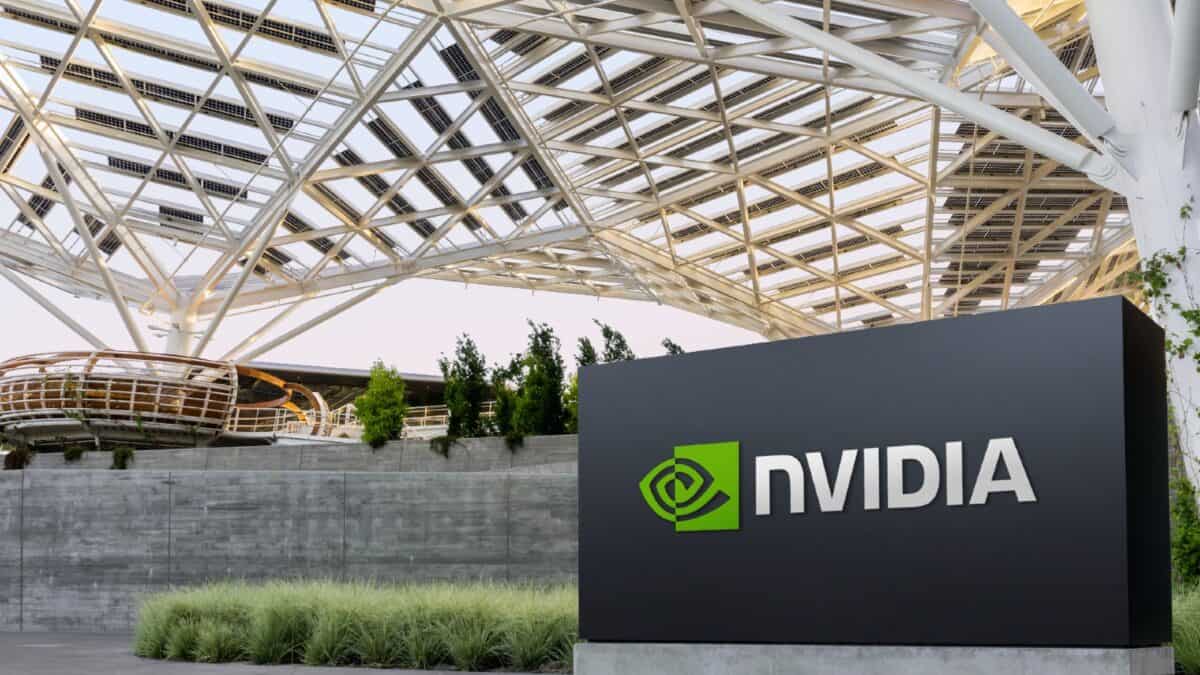Every now and then a share erupts like a volcano and makes early investors rich. In the stock market over the last 20 years we’ve had Amazon (up 7,665%), Tesla (up 15,510% since 2010), Netflix (+11,541%), and a few other examples.
More recently, we’ve witnessed the stunning rise of artificial intelligence (AI) computing firm Nvidia (NASDAQ: NVDA). The stock is up 1,927% in five years!
Here, I’ll outline my three takeaway lessons from this latest share price explosion.
Mega-trends over macroeconomics
Between 2009 and late 2021, interest rates were at record lows. Over the last two years however, they’ve risen dramatically as central banks responded to surging inflation. Rates are now at a 16-year high.
Consequently, the UK economy entered a recession at the end of 2023 while the eurozone only just avoided one.
Meanwhile, US consumers have been cutting back on discretionary spending, especially big-ticket items like new cars.
Finally, a property crisis is unfolding in China while there are wars in Europe and the Middle East.
Yet despite this wall of worry, the Nvidia share price is up 61% since the start of 2024. In its last financial year, revenue grew 125% year on year to $60.9bn while net income exploded 586% higher.
So my first key takeaway is that world-changing technologies (the internet, smartphones, AI, and whatever comes next) are far more powerful trends than macroeconomic events.
Expensive stocks can end up cheap
CNBC‘s Jim Cramer has been repeatedly telling viewers to invest in Nvidia for a decade. He even renamed his dog Nvidia in 2017 to hammer home the point!
Cramer said: “To nail Nvidia, you needed to do the opposite of everything that captures the conventional wisdom of modern-day investing…A certain amount of scepticism is healthy, but if you’re trying to make money in the stock market, you’ve got to believe in something (my emphasis).”
Unfortunately, many investors assumed AI was over-hyped and were put off by the stock’s supposedly high earnings multiple.
However, in hindsight, the price/earnings-to-growth (PEG) ratio was arguably a more suitable valuation tool. It factors in forecast growth rates and consistently showed Nvidia’s PEG ratio was under 1 (suggesting good value).
Of course, at some unknown point, Nvidia’s insane revenue growth will slow and the stock may indeed end up looking unjustifiably expensive. This is a risk.
But Cramer’s point remains valid. Expensive stocks like Nvidia can end up looking cheap in retrospect because their earnings grow far higher than expected. It’s a good habit world-class companies have.
Metamorphosis
In my experience, many of the best-performing firms/stocks transition into something else over time:
- Amazon started off selling books on the World Wide Web
- Netflix transitioned from a DVD-by-mail company to online streaming
- McDonald’s went from just a burger business to one of the world’s largest property companies
In Nvidia’s case, the firm realised its gaming chips had applications far beyond video game graphics. So it made a strategic pivot towards AI in 2013.
Obviously, identifying a metamorphosis before it becomes obvious is important.
What immediately springs to mind when you hear Moderna? If it’s ‘Covid vaccines’, then perhaps the stock is worth investigating as Moderna builds its mRNA platform into something potentially far more wide-reaching. Food for thought.






